Tighter supplies and higher prices - or business as usual? This week there were conflicting messages from the sheepmeat sector about the impact of the recent snow on the availability and cost of British lamb.
Market observers agreed that in some cases, the weather had had a devastating impact, with ewes and lambs lost and farmers struggling to feed their animals. Figures from the National Fallen Stock Company show there were at least 15% more fallen sheep in the first three months of the year compared with the same period in 2012.
But Eblex said it did not expect a “significant impact” on British lamb supply overall. “In 2012, the UK produced 17 million lambs,” a spokeswoman said. “The expectation was the crop in 2013 would be of a similar size it’s now likely this figure will be revised down to some extent, although it currently seems unlikely this will have a significant impact on supply.”
This contrasts with the message from Wales. “We are expecting thousands of lambs to have been lost,” said a spokesman for promotions body HCC, warning this could have a big impact on supplies and prices over the next 12 months.
Hill farmers in North East Wales have been among the hardest hit, with producers in Northern Ireland also suffering big losses.
In Scotland, the bad weather was “very regionalised”, said an NFU Scotland spokesman. “We are expecting some impact on supply and prices, but the weather has also had benefits, keeping red meat demand high,” he added.
Lamb farmgate prices have already moved up, rising by 20% between February and March [HCC]. But NFUS stressed prices had been very low recently, so these price were simply pushing lamb closer to the three-year average.
Close menu
- Home
- Retail & Wholesale
-
Products & Suppliers
- Back to parent navigation item
- Products & Suppliers
-
Product Categories:
- Back to parent navigation item
- Product Categories:
- Alcoholic drinks
- Bakery
- Cereals & breakfast
- Cheese
- Chicken & poultry
- Chocolate
- Confectionery
- Crisps, nuts & snacks
- Dairy
- Fish
- Fresh produce
- Frozen
- Household
- Meat
- Own Label
- Sauces & condiments
- Seasonal
- Soft drinks
- Vaping
- Vegan & plant-based
- World foods
- Suppliers
- People
- Reports & Data
-
Topics A-Z
- Back to parent navigation item
- Topics A-Z
-
Popular topics:
- Back to parent navigation item
- Popular topics:
- Cost of living crisis
- Crime
- Deposit Return Schemes
- Finance
- Government & Regulation
- Health
- Inflation
- Loyalty
- Marketing
- Mergers & Acquisitions
- New Product Development
- Sourcing
- Supply chain
- Sustainability & environment
- Technology
- Ultra Processed Foods
- Vaping
- A-Z all topics
- Content by type:
- Events
- Subscribe now
Sign in to comment on this article
Not logged in before? Register for FREE guest access today.
You will be able to:
- Read more stories
- Receive daily newsletters
- Comment on stories
Advert







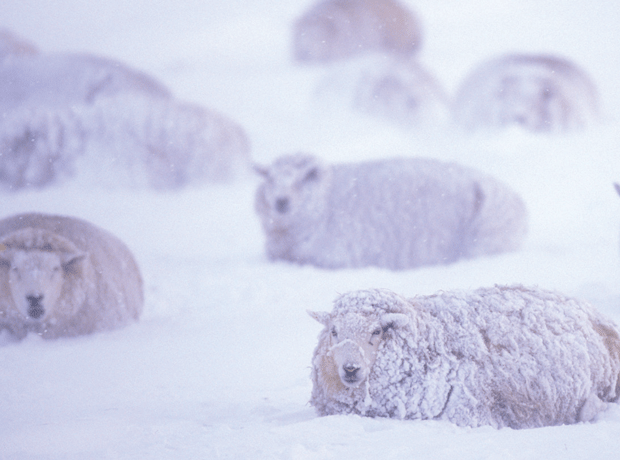
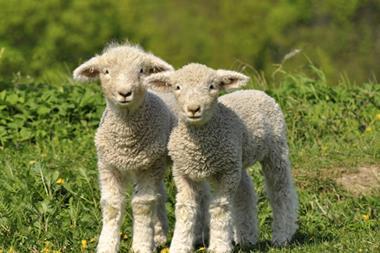
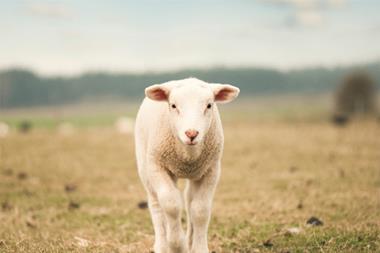

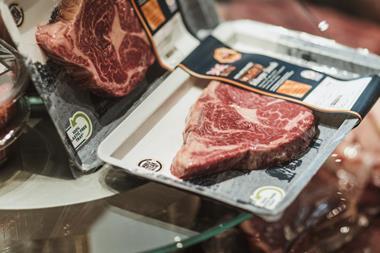





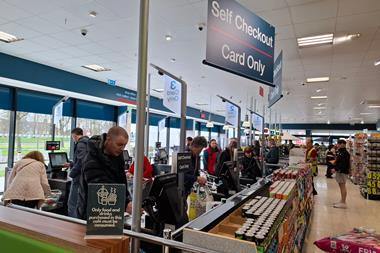

No comments yet